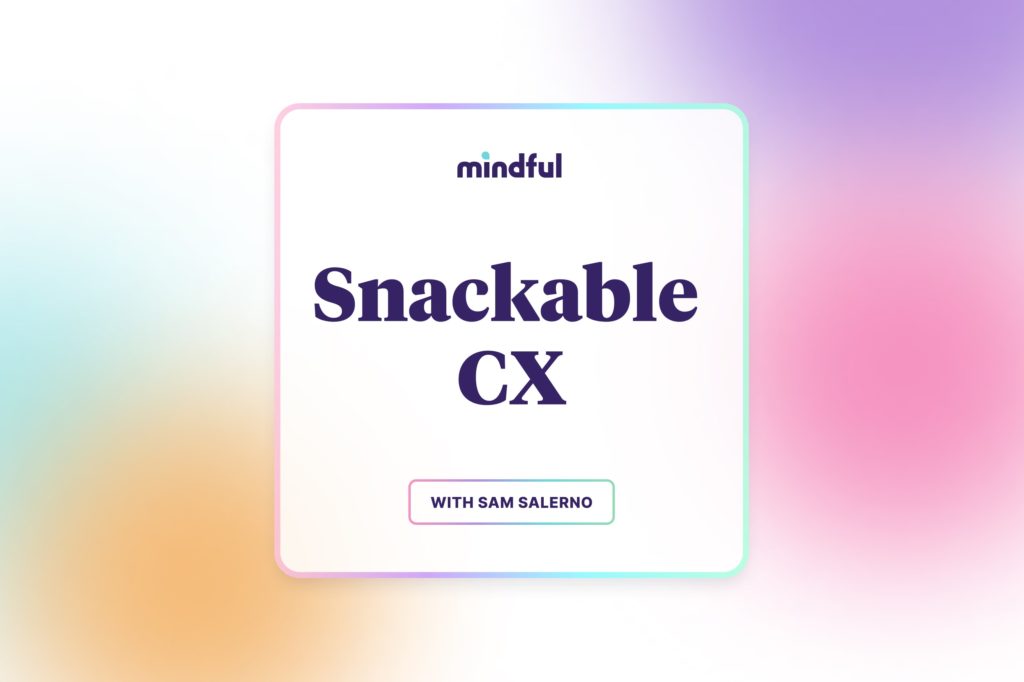Episode details
In this recap of Mindful’s 2023 Contact Center Trends event, we’ll take on a pending recession, generative AI, customer preference, omnichannel nirvana, and even some chatter about meeting regulations. It’s a wild one that you’ll definitely need as you aim to hit this year’s goals.
This episode included a replay from Mindful’s “2023 Contact Center Trends” event.
Still hungry?
Subscribe on Apple Podcasts or Spotify to get fresh episodes each week.




